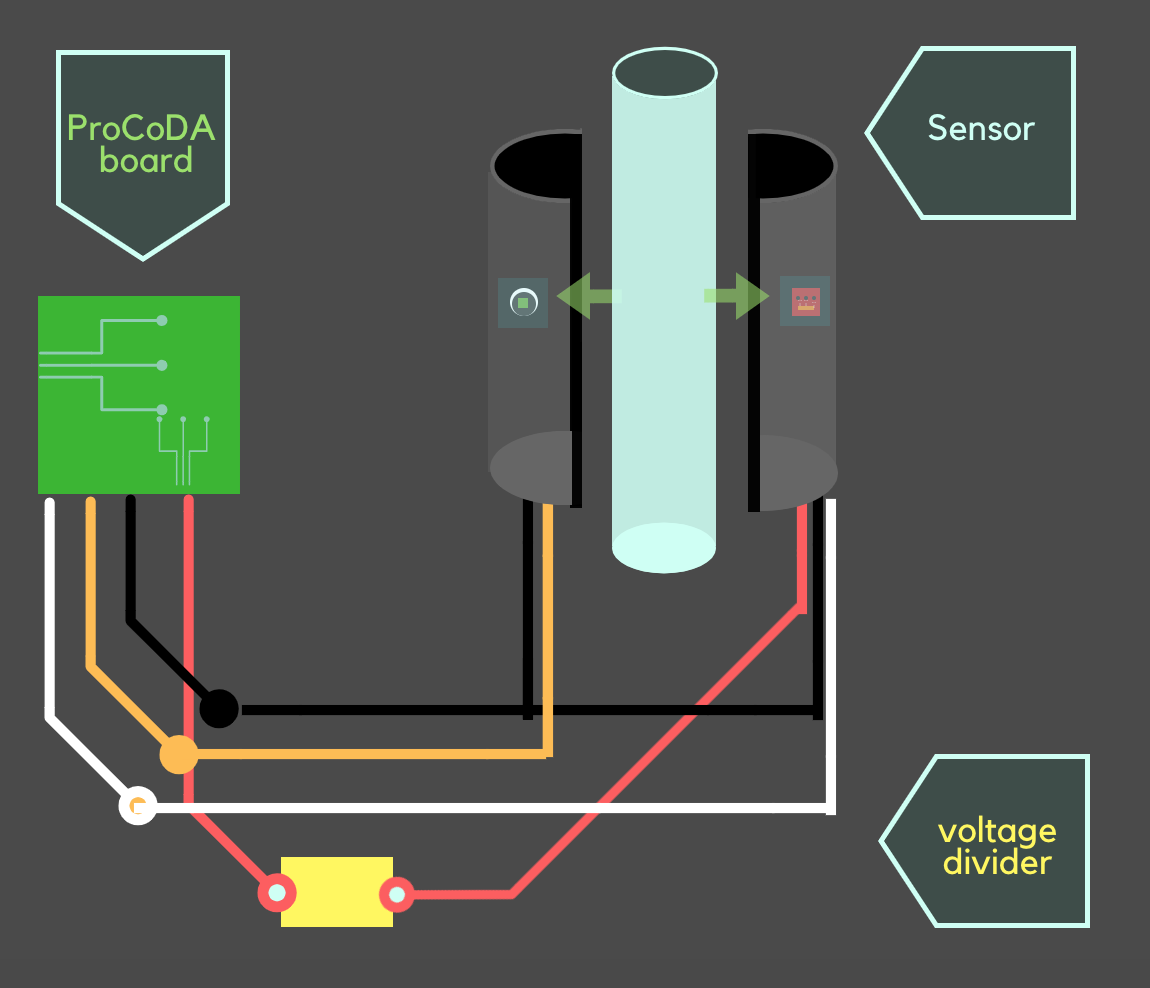Felix Yang, Lilly Mendoza, Ken Rivero-Rivera
Abstract:
The 1 Liter per Second (LPS) Plant testing team is continuing the work done by previous semester's Pre-Fabrication team by attaching the ESTaRS to the 1LPS plant and flocculator. By doing this AguaClara will have a complete 1 LPS Plant running in the lab so that experimental data can be gathered. This data will be used to optimize and improve current designs as well as further iterations of the technology.




